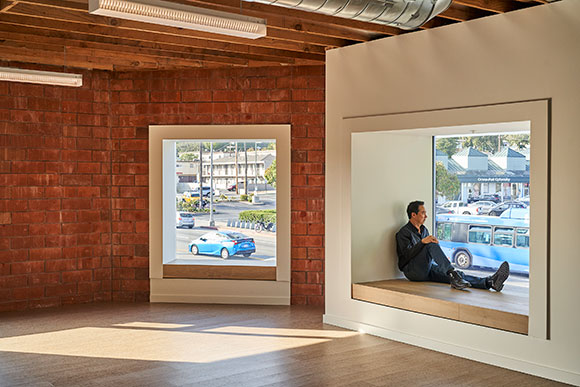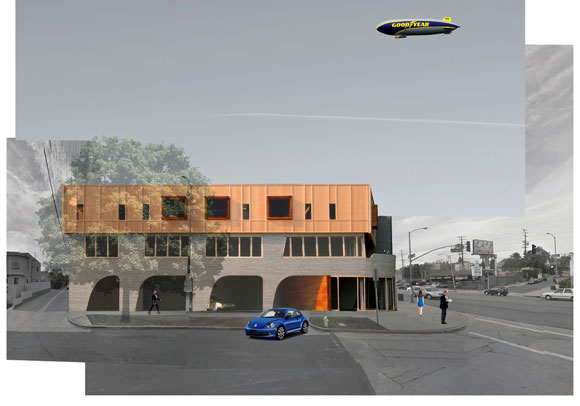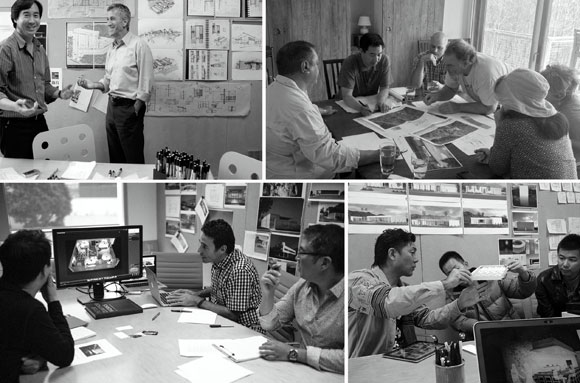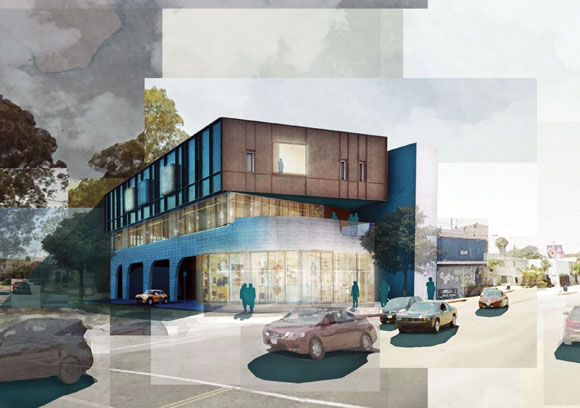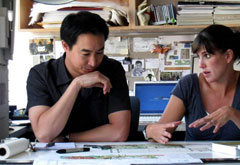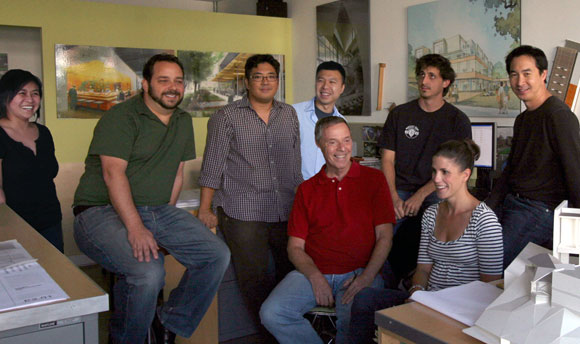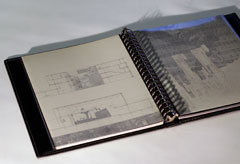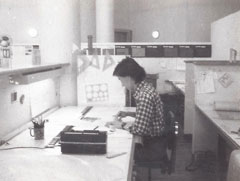#185: WHAT IS ARCHITECTURAL SUCCESS?
Lincoln Studios, Santa Monica, California, by Poon Design (photo by Gregg Segal)
As an architect, are you successful? How should we measure success?

Making money is an obvious gauge, but there’s more to life than a paycheck.
Good design should count for something, but design is subjective. So success might look towards an architect’s accolades, like design awards and national honors. But there must be more than bragging rights and industry fanfare.
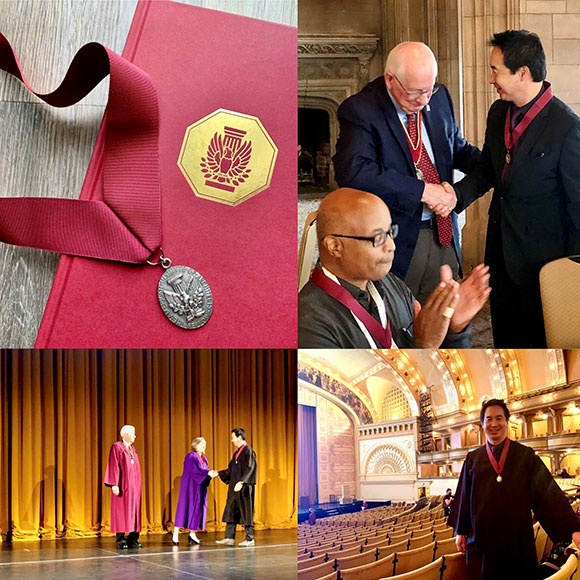
We architects enjoy seeing our name in the headlines, as well as photographs of our work gracing magazine covers and online features. But is this the result of being a successful architect or having a good PR agent?
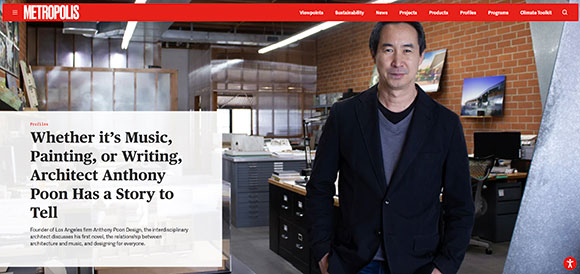
A portfolio with depth—with projects big and small, local and national—is surely a critical marker of success. Victory might also be evaluated on one’s international projects, evidence of a world traveling architect who jets off to yet another country in demand.

Often, the success of an architect is simply having a happy client. And the more clients, the more successful this architect must be. How many new clients did you close this year? But keep in mind that quantity isn’t quality
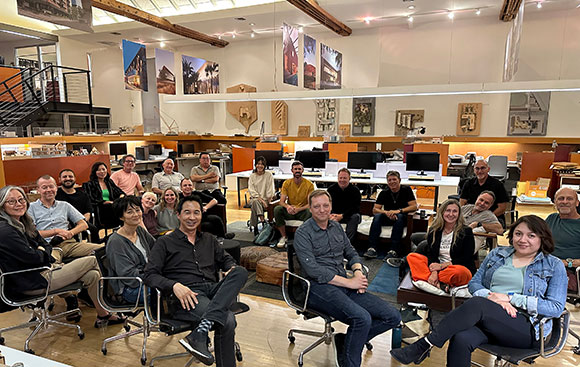
Success should come from both collaboration and being part of a team, as well as leadership and managing a team. One’s contributions to the industry should count for something, whether a thought-leader, teacher, community service advocate, or respected professional.
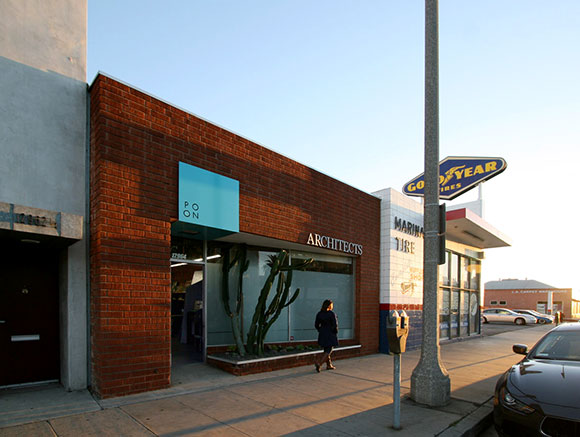
Perhaps, success is identified with the entrepreneurial path, being one’s own boss, having one’s name on the door, and having 10 employees or maybe 100. Or success can be within a corporation with an architect reaching the top of the company ladder, being named partner. Or perhaps doing either quietly under the radar without the need for the spotlight of conceit is worthwhile.

As a struggling (starving) artist, can an architect be successful? Being part of a creative journey, searching one’s soul for answers, or mining the world for abstract ideas—such ambitious endeavors might be a measure of success regardless of the outcome.
For many, success in architecture comprises the simple things: being challenged and learning new skills.
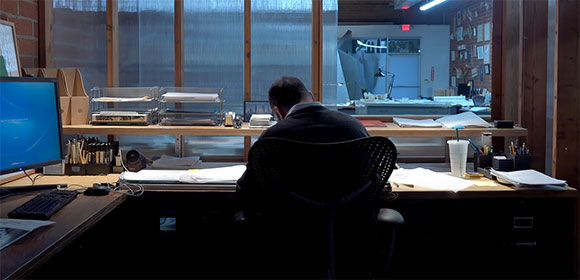
Happiness is often one of the more authentic measures of success. I believe most architects are happiest when getting to design, to be creative, to think back to how as a child, they could build things with Lego. It is about being part of open-ended travel through an existence of glorious ideas and imaginative designs, and then seeing such a vision come to fruition.


